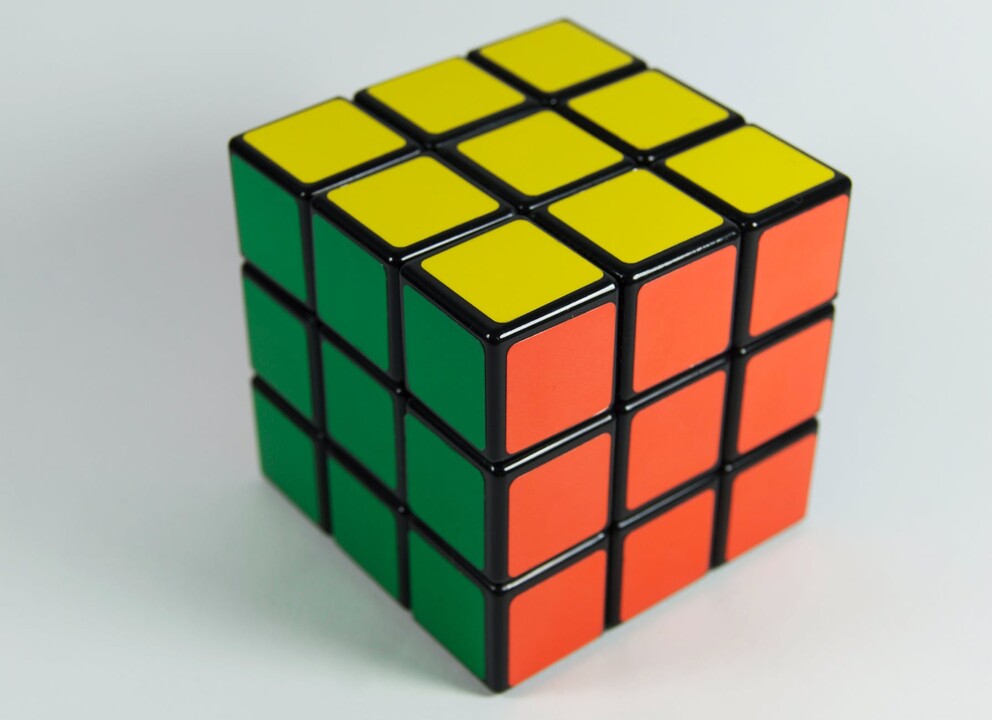
7 Ways to Learn About Leadership by Playing With the Rubiks Cube
The Rubiks cube is a three-dimensional combination puzzle that was created by a Hungarian sculptor and professor of architecture, Erno Rubik. However, the Rubiks cube is more than just a game, it can also teach us important leadership lessons. As you hold one in your hands, keep reading to become aware of some aspects of leadership that you can learn to apply.
The game poses a common goal
It's about aligning each face of the cube. In the team this is defined as purpose towards the goal we want to achieve. A team with clear objectives and a strong spirit of influential leadership produces better results.
Each piece is different
Individualities make up the whole, each one adds up and has value in obtaining the final result. The role of the leader and each member is to appreciate these differences and manage to reconcile them when there are deviations in order to redirect them without losing sight of the final objective.
The cube is a system
The hub does not work if a part is missing, defective, or jammed, preventing action. The same thing happens in teams. In itself, the movement, synergy, strategy and ability of the leader to give the right momentum is what will bring about the expected result.
All parts are linked
In the cube each one is linked with the others and when moving, they produce a completely different result. It is the same when working together with others, where individual impact influences everyone: every piece counts. Cohesion is essential especially in times of confusion, where it is not known well where to move, and it is precisely that communion that produces the result, based on trust, contribution, creativity and collaboration.
Each individual movement affects the whole
As in a team, individual performance is directly proportional to the success of the entire team: when very strong, self-centered individuals appear and disconnected from what needs to be done to achieve the objectives, the teams do not work and they wear out.
Pieces drive each other with strategic thinking
Through movement and solution-focused thinking, cube dynamics invites you to learn about how closeness between members of an organization has a direct impact on how the end will be reached. As for the leader, he observes, analyzes, feels, and acts guiding the pieces and motivating them in the alignment that he seeks to achieve.
Gears need optimal operation and communication
To finish these seven leadership ideas playing with the Rubik's cube, a strategic aspect for the proper functioning of any team is communication. In itself, it is a system that has codes, symbols, representations. If the verbal, the non-verbal, the rituals and the flow that circulates are appropriate, the team will be able to better achieve the goal it pursues. Otherwise, performance will be impaired and therefore poor.
Now that you know the leadership lessons the Rubiks cube can teach us, take a moment to reflect on your role as a leader and the roles of each member of your team. Ask questions, and remember, the answer is in each piece.
For the full article, click here.